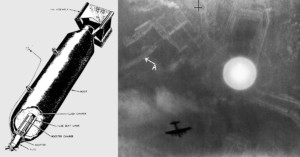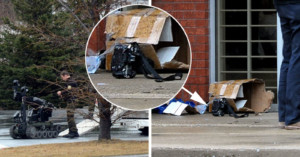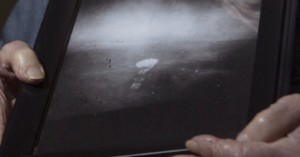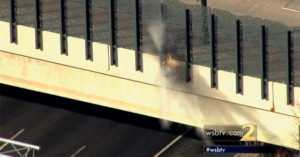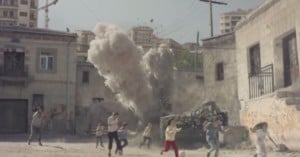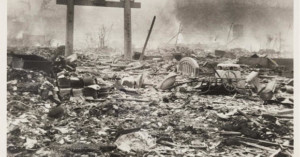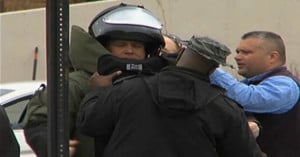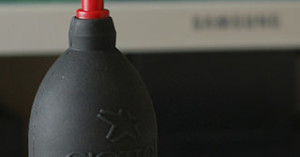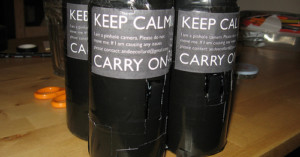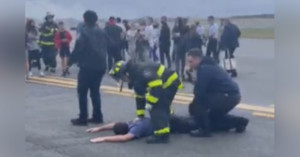
Man’s Vintage Camera Mistaken for Bomb, Causes Emergency Landing
A passenger flight was forced to make an emergency landing in NYC this weekend after a woman mistook a fellow passenger's vintage camera for a bomb. The suspected terrorist was pinned to the tarmac before authorities figured out he was a camera enthusiast.
